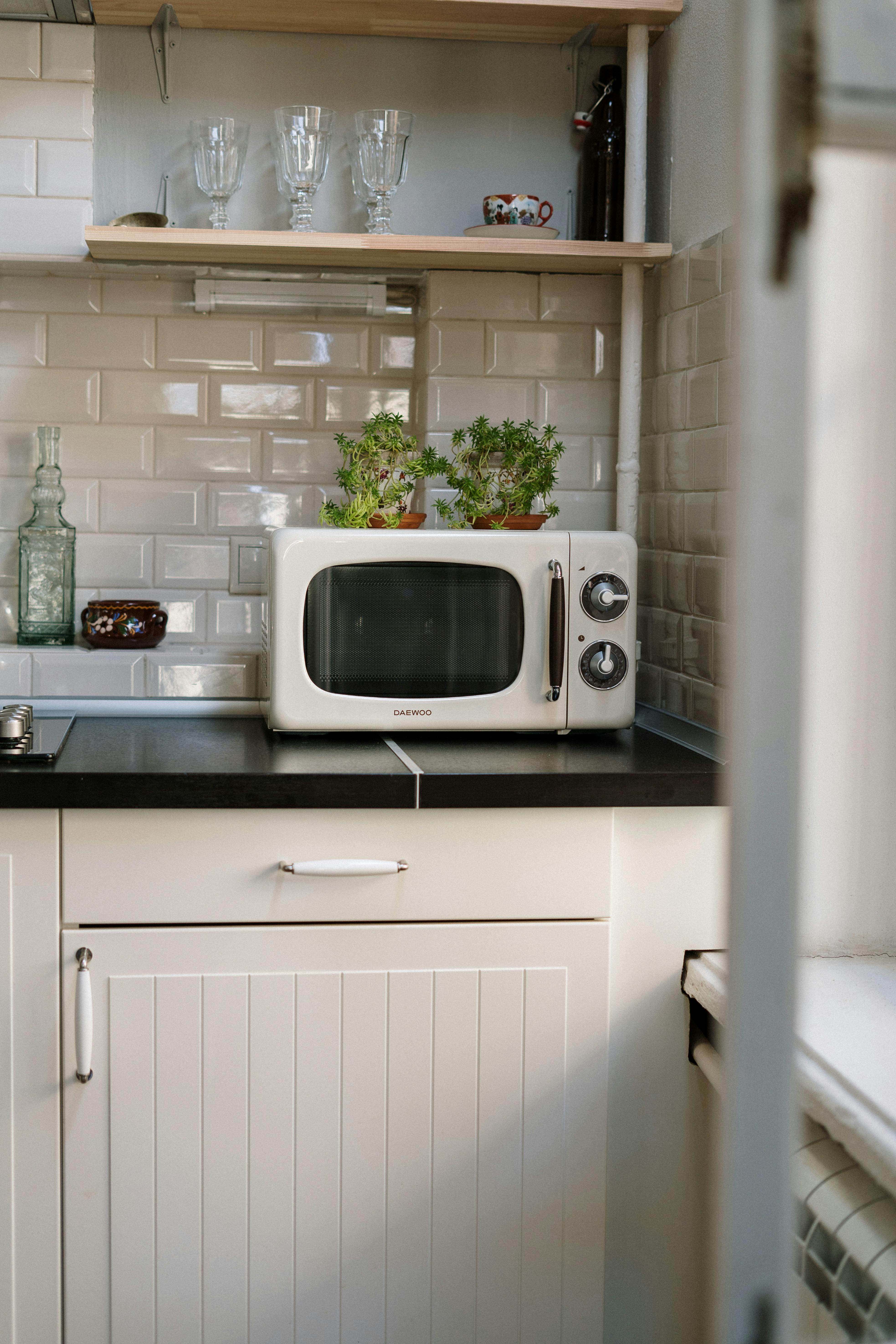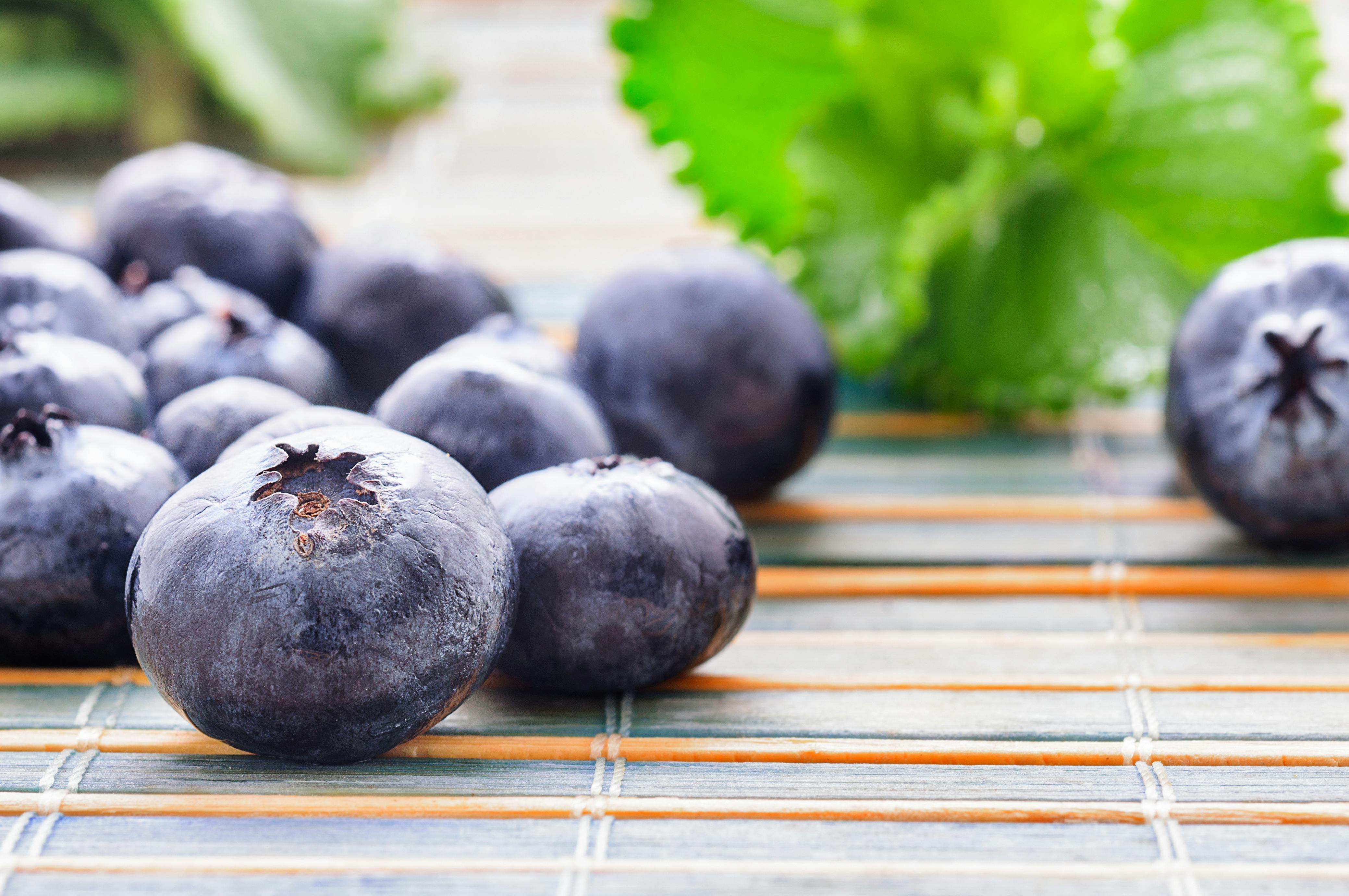Effective Ways to Fry Bacon for Perfect Crispiness in 2025

Understanding Bacon and Its Perfect Frying Techniques
Bacon has long been a beloved staple of breakfast tables around the world. Its rich flavor and crispy texture make it a versatile ingredient not just for breakfast, but for salads, sandwiches, and even appetizers. However, not all bacon is created equal, and knowing how to fry bacon perfectly is an art that involves understanding cut thickness, frying techniques, and seasoning options. This article outlines effective ways to fry bacon, ensuring you achieve that perfect crispiness every time.
For bacon lovers looking to enhance their cooking skills, knowing the nuances of bacon frying is crucial. We'll discuss the types of bacon to use, the best frying methods, and offer tips on achieving that elusive crispy texture. By the end of this guide, you'll be ready to tackle bacon with confidence!
Key takeaways include tips for frying bacon; the best temperatures and techniques; and how to store leftover bacon to keep it fresh.
Choosing the Best Bacon for Frying
To achieve the perfect crispiness, it's essential to start with the right type of bacon. Bacon primarily comes in two thicknesses: thick cut and thin cut. Thick cut bacon tends to be meatier and generally requires a longer cooking time to reach that crispy state. On the other hand, thin cut bacon cooks quickly and can become crispier faster, but it may also risk burning if left unattended.
When selecting bacon, consider the type of bacon as well. Traditional pork bacon is popular, but turkey bacon is a healthier alternative that can also be cooked to achieve a crispy texture. The type of bacon you choose will largely influence the cooking technique and the flavor profile of your dish.
Additionally, it's crucial to check for quality. Select bacon with an even distribution of fat and meat, as this will ensure a better fry. Look for bacon that has a good balance of smoky flavor and fat content, which will provide deliciousness and help in achieving that desired crispiness.
Thick Cut vs. Thin Cut Bacon
Thick cut bacon is ideal for those who prefer a chewier bite and a more substantial presence on the plate. It retains moisture well during frying, and typically, cooks in about 10-12 minutes on medium heat. When frying thick cut bacon, it’s beneficial to start it on a lower temperature to allow the fat to render out more effectively.
In contrast, thin cut bacon, which takes about 5-8 minutes to cook, crisps up quickly, making it perfect for certain dishes like breakfast burritos or salads. However, it’s crucial to monitor these closely to avoid burning. Always remember that cooking time may vary depending on how your stove heats and your preferred level of crispness.
Quality Over Quantity: Pick the Right Kind
When it comes to bacon, quality plays a vital role in achieving the perfect fry. Opt for high-quality brands that offer artisanal or fresh varieties of bacon. Look for those that use traditional smoking techniques or natural ingredients for flavor enhancement. Organic or nitrate-free options can also be healthier choices that do not compromise taste.
Trying out flavored bacons, such as maple or peppercorn bacon, can add a unique twist to your bacon dishes. These flavors pair nicely with various breakfast foods and can elevate classic recipes. However, balance is key, as an overpowering flavor can overshadow the natural taste of bacon.
The Optimal Cooking Methods for Bacon
Once you have selected the right bacon, the next step is to consider the best cooking methods. Each technique has its advantages, and understanding them will help you achieve perfect bacon results every time. From pan frying to oven baking, let’s explore effective ways to fry bacon.
Pan-Frying Bacon Perfectly
Pan-frying is perhaps the most common method for cooking bacon. Using a skillet or frying pan allows for an even cooking surface that can render the fat and create the crisp texture many people love. Start with a cold pan, laying the bacon strips down, and then turn the heat to medium. This helps the fat to render slowly, ensuring that the bacon cooks evenly without burning.
As the bacon cooks, flip it occasionally to promote even cooking. Pay attention to the color and texture of the bacon; when it turns golden brown, it’s likely close to done. If using a splatter guard, this will help minimize mess without compromising on the fried effect.
Oven-Baking for Stress-Free Bacon
Baking bacon in the oven is not only easy but also allows for more uniform cooking without the need for constant supervision. Preheat your oven to 400°F (200°C) and arrange the bacon strips on a wire rack over a baking sheet. This technique allows the fat to drip off while the bacon crisps up beautifully. Cooking time is about 15-20 minutes, depending on the thickness of the bacon and desired crispiness.
Oven-baking is especially helpful when cooking large batches of bacon, such as for breakfast for a crowd or meal prepping for the week. The result is crispy bacon without the hassle of frying, giving you perfectly cooked strips every time.
Using a Microwave for Quick Bacon
For those with limited time, microwaving bacon can be a viable option. Place the bacon strips on a microwave-safe plate lined with paper towels. Cover with another paper towel to absorb grease and reduce splatter. Microwave on high for about 4-6 minutes or until your desired doneness is achieved. Each microwave may vary in wattage, so adjusting the time accordingly will yield better results.
Microwave cooking is certainly the quickest method and is effective for cooking just a few slices when needed. However, it might not deliver the same crispy texture as pan-frying or oven-baking, so keep this in mind when choosing your method.
Seasoning and Flavoring Your Bacon
While bacon is flavorful on its own, seasoning it can elevate its taste even more. There are many creative ways to enhance bacon, from dry rubs to marinades that can be applied pre-cooking.
Dry Rubs and Marinades
One of the simplest ways to enhance the flavor of bacon is by using dry rubs. A blend of brown sugar, black pepper, and smoked paprika can draw out the sweetness and add depth to your bacon. Apply the rub liberally before cooking and let the bacon sit for about 30 minutes to absorb the flavors.
Marinades are another option. A mixture of maple syrup and mustard works wonderfully for a sweet and tangy bacon profile. Simply allow the bacon to marinate for an hour before frying for the best results.
Flavored Bacon Options
Exploring different flavors can lead to exciting new dishes. Consider using bacon that is already flavored, like herb-seasoned or even spicy varieties. These can add complexity to breakfast dishes, salads, or even as toppings for hamburgers. Always ensure the flavors complement your meals for better harmony in taste.
Dealing with Bacon Grease
Handling bacon grease properly is vital not just for cooking efficiency but for flavor. Rendering bacon grease provides an excellent cooking fat that can enhance dishes, but it should be stored correctly and used wisely.
How to Remove Bacon from the Pan
Once the bacon is perfectly fried, it’s crucial to remove it from the pan carefully. Use tongs to lift the bacon strips out, allowing any excess grease to drip back into the skillet. Transfer the strips to a plate lined with paper towels to absorb remaining fat, leading to a crispy finish.
Draining and Storing Bacon Grease
Bacon grease is a valuable resource in the kitchen. After cooking, allow the grease to cool slightly before transferring it to a heat-safe container. It can be used later for frying potatoes or flavoring soups. Ensure it’s stored in the refrigerator for up to 3 months for the best quality.
Tips for Leftover Bacon and Bacon Storage
If you're lucky enough to have leftover bacon, proper storage is key to maintaining freshness. Bacon can last in the refrigerator for up to a week, but if you want to save it longer, freezing is a good option.
Reheating and Reviving Leftover Bacon
When reheating cooked bacon, the goal is to retain that crispy texture. Place bacon strips on a plate covered with a paper towel and microwave in short intervals until warm. Alternatively, you can reheat in the oven at a low temperature to retain the crispy nature.
Storage Techniques for Freshness
For stored bacon, keep any uncooked strips sealed in their original packaging or an airtight container; label it with the date of freezing or opening. This will help manage your stock and avoid using expired bacon.

Additional Information: Bacon Culinary Presentations
Finally, let’s not forget the beauty of bacon. How you present bacon can significantly affect the overall enjoyment of your dish. From platters to sandwiches, garnishing bacon with herbs can create a visual appeal.
Bacon in Breakfast: Creative Concepts
Bacon can be the star of breakfast and offer countless options for engagement. Whether paired with eggs, or used as a crispy topping for oatmeal, the combinations are endless. Experiment with bacon in breakfast burritos or as a standalone side.
Bacon Side Dishes and Appetizers
Incorporating bacon into side dishes can enrich flavor profiles. Use crumbled bacon in salads or even as an addition to vegetables during roasting for that smoky goodness. You can also prepare bacon-wrapped appetizers to amaze your guests at gatherings.
In Conclusion: Mastering Bacon Cooking Techniques
Knowing how to fry bacon effectively is crucial for anyone who enjoys this delicious ingredient. With the right selection of bacon, proper cooking methods, and creative flavor enhancements, you can produce crispy, mouthwatering bacon every time. Experimenting with different types and recipes will refine your skills further and expand your culinary repertoire.
Incorporate these tips into your breakfast ideas, side dishes, and even appetizers to enjoy bacon fully. Remember to store and safely handle bacon grease to get the most value from your culinary efforts. Happy frying!
